The Messerschmitt Me 262 was the world’s first operational jet-powered fighter aircraft, developed by Germany during World War II. Introduced in 1944, the Me 262 was a revolutionary aircraft for its time, far faster and more advanced than Allied propeller-driven planes. However, despite its potential to change the air war, it entered service too late to have a significant impact on the outcome of the conflict.
Key Features:
- Role: Primarily a fighter, but also adapted for bombing and reconnaissance.
- Speed: Capable of reaching speeds of around 870 km/h (540 mph), much faster than conventional aircraft.
- Armament: Armed with four 30mm cannons and could carry rockets or bombs in bomber variants.
- Engines: Powered by two Jumo 004 jet engines, providing a significant performance leap over piston-engine fighters.
Historical Significance:
- The Me 262 was the fastest aircraft of World War II, and its jet engines represented a major leap forward in aviation technology.
- It was used as a high-speed interceptor, able to down Allied bombers, but it was plagued by technical issues, including unreliable engines and shortages of critical materials.
- Hitler’s insistence on using it as a bomber delayed its mass production as a fighter, further limiting its effectiveness.
While the Me 262 had the potential to dominate the skies, production delays, fuel shortages, and the overall deteriorating situation for Germany in 1944-1945 meant that it had limited operational impact. Nonetheless, it is regarded as a pivotal moment in aviation history and influenced post-war jet aircraft development across the world.
Specifications
Spotlights
- KPLBall 1.2 years ago
- excd 1.2 years ago
- PhantomBoltSP 5 months ago
General Characteristics
- Successors 1 airplane(s) +21 bonus
- Created On Android
- Wingspan 53.0ft (16.2m)
- Length 44.2ft (13.5m)
- Height 15.4ft (4.7m)
- Empty Weight 22,018lbs (9,987kg)
- Loaded Weight 33,555lbs (15,220kg)
Performance
- Power/Weight Ratio 4.018
- Wing Loading 72.2lbs/ft2 (352.4kg/m2)
- Wing Area 464.9ft2 (43.2m2)
- Drag Points 5096
Parts
- Number of Parts 75
- Control Surfaces 7
- Performance Cost 355

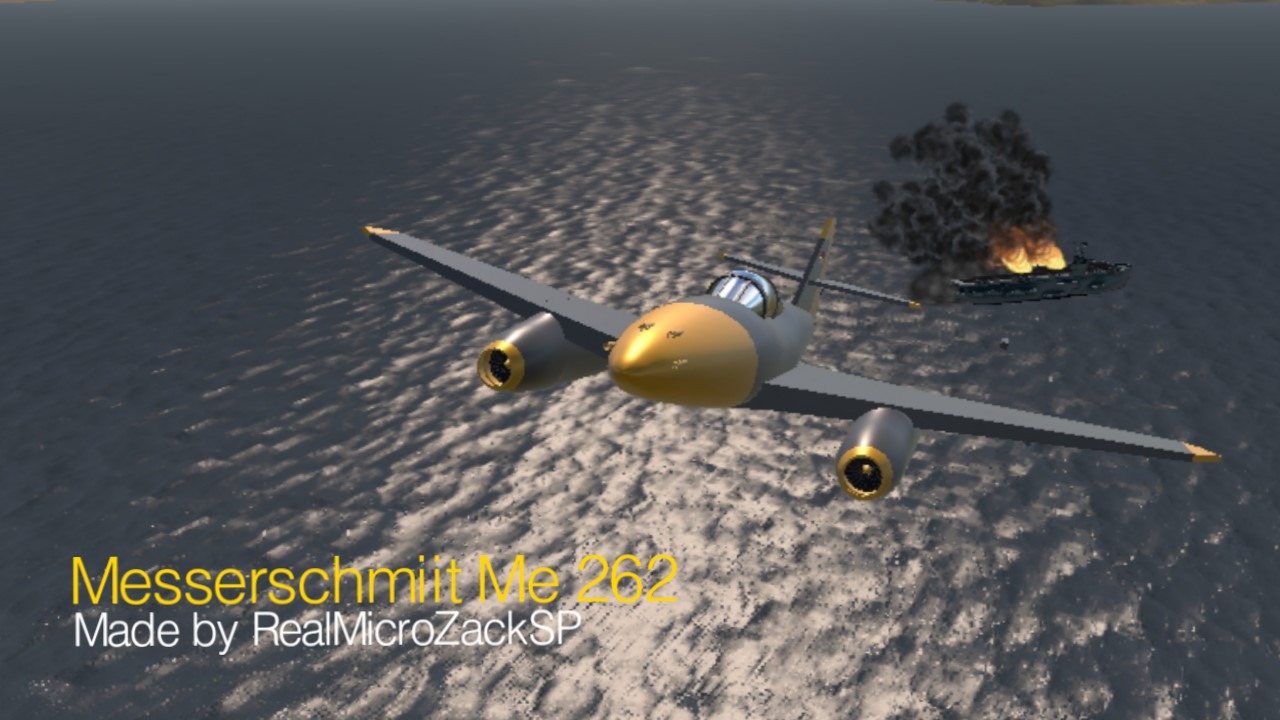
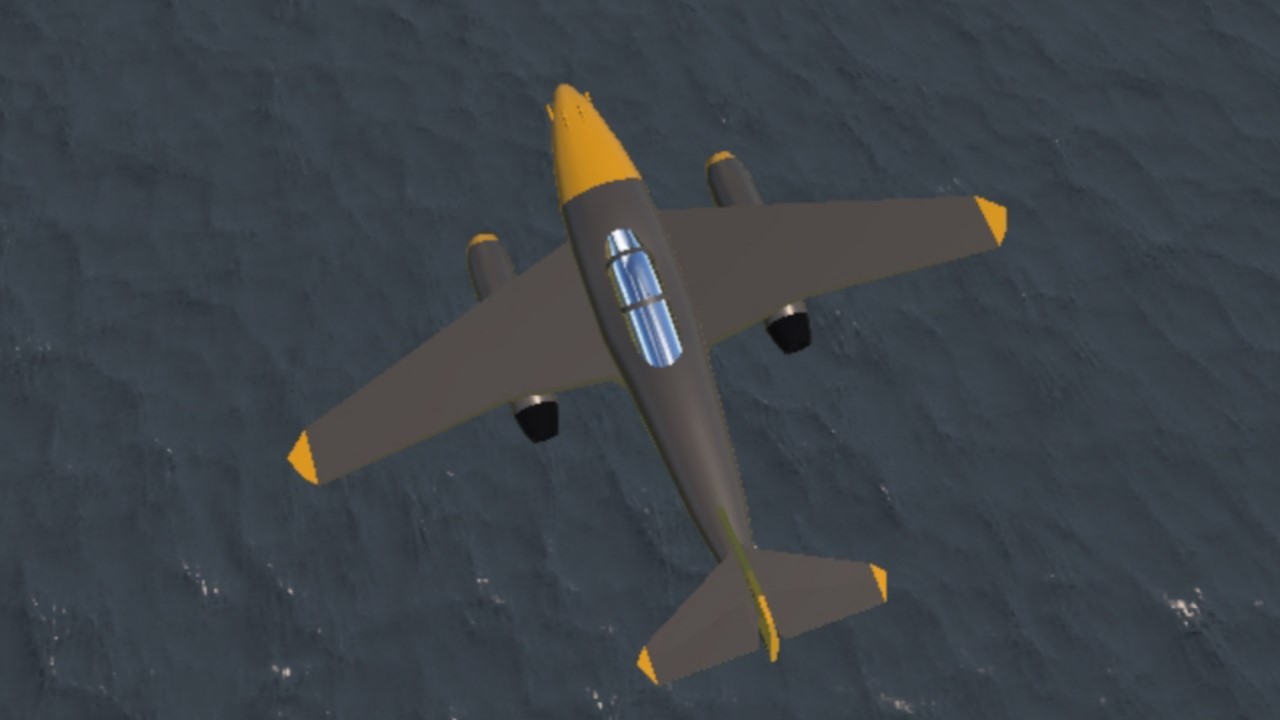
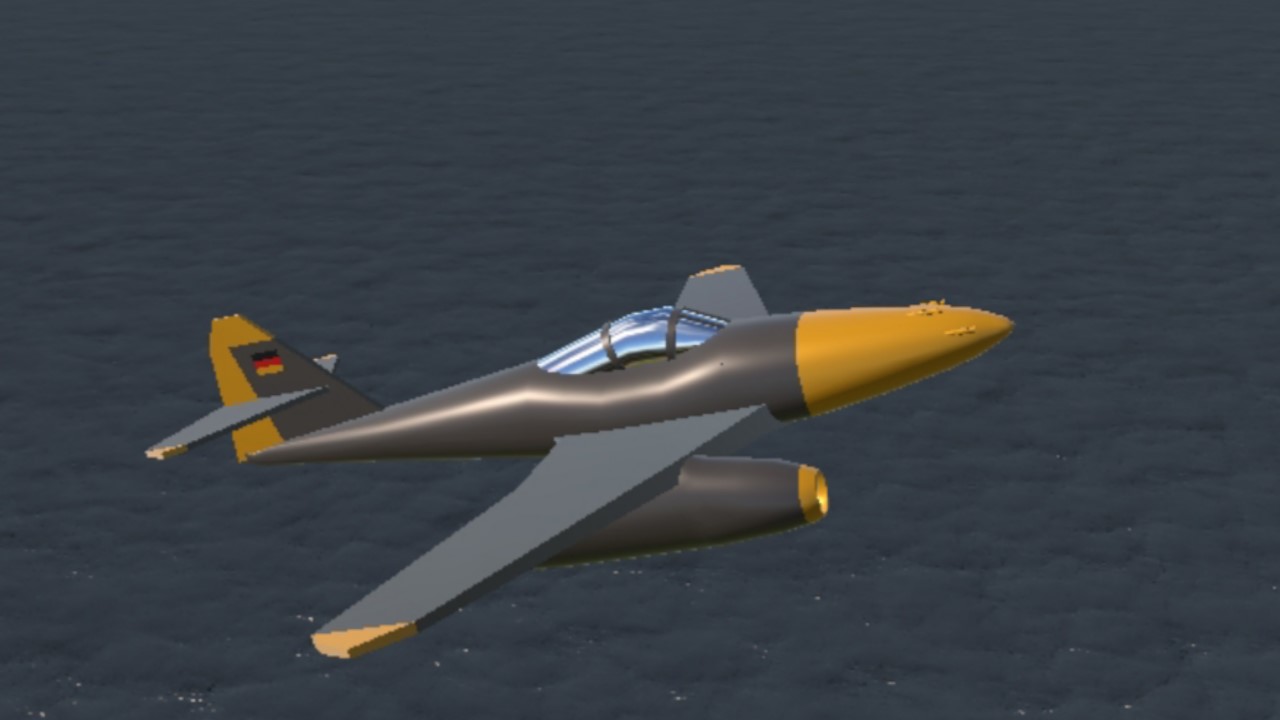
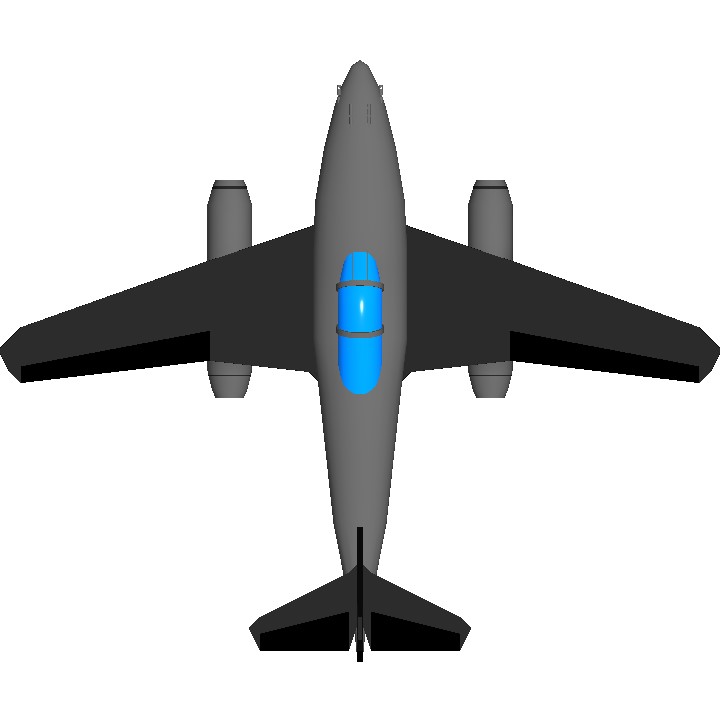
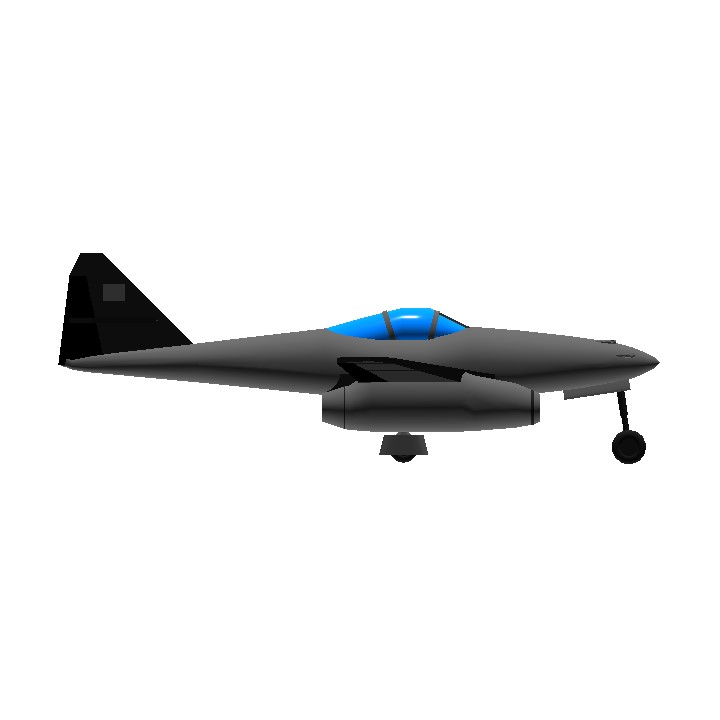
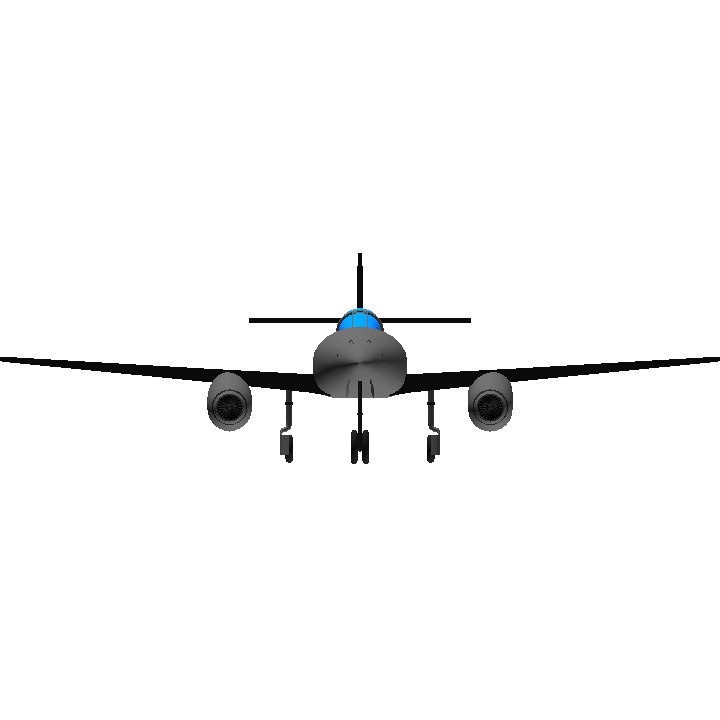
@RealMicroZackSP Question: Why can only 3 be labeled?
Why is it so fast. Literally it goes 1001 MPH
Nice plane .
Shwabbe
Tag Drei
7: @YOURGORILLA1246
Tag Zwei
4: @001
5: @Zhixunlin23
6: @CrestelAeronautics
Tag Eins
1: @SPTNR
2: @Rjenteissussy
3: @KPLBall